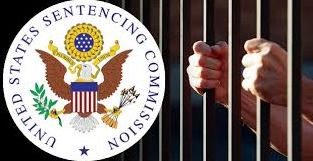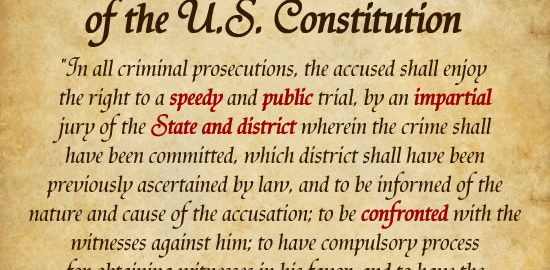Koons v. United States
No. 17-5716
Decided June 4, 2018
Issue:
Whether petitioners qualify for a sentence reduction under § 3582(c)(2) where the sentences were “based on” mandatory minimums and not the Sentencing Guidelines ranges.
Holding:
The Supreme Court held that petitioners do not qualify for sentence reductions under § 3582(c)(2) because their sentences were not “based on” the lowered Guidelines ranges but, rather, they were based on their mandatory minimums and on their “substantial assistance” to the Government.
Federal Criminal Appeals Lawyer call 1-800-APPEALS (1-800-277-3257)
Facts:
Five petitioners pled guilty to drug conspiracy charges that subjected them to mandatory minimum sentences under 21 U.S.C. § 841(b)(1). When the District Court calculated their advisory Sentencing Guidelines ranges, the top end of the ranges fell below the mandatory minimums. The court determined that the mandatory minimums superseded the Guidelines ranges and, thus the Guidelines ranges were discarded. However, because of the petitioners’ cooperation with the Government, the court departed downward from the mandatory minimums under 18 U.S.C. §3553(e).
The Sentencing Commission amended the Guidelines several years after the petitioners were sentenced. Among those amendments included a reduction of base offense levels for the same drug offenses for which petitioners were convicted. The petitioners sought sentence reductions under §3582(c)(2), which allows a defendant’s sentence to be reduced if that sentence was imposed based on a sentencing range that was later lowered by the Sentencing Commission. The lower courts held that the petitioners were not eligible for sentence reductions because they failed to demonstrate that their sentences were “based on” the lowered Guideline ranges.
Legal Analysis:
The primary function of the Sentencing Guidelines is to recommend to the judge an appropriate sentencing range by taking into account the seriousness of the offense and the defendant’s criminal history. However, these Guidelines are only advisory and can even be overridden in some cases. For instance, if there is a “mandatory minimum” sentence that must be imposed, the judge must consider the required minimum sentence over the sentencing range provided by the Guidelines where a conflict exists. Here, because the top end of the Guidelines range fell below the mandatory minimum sentences, the district court concluded that the statutorily required minimums superseded the Guidelines ranges for each petitioner, and the advisory ranges were discarded.
For a defendant to become eligible for a sentence within the lowered Guidelines range, the sentence must have been “based on” that lowed advisory range. Quoting Hughes v. United States, ante, at 14, the Court noted that a sentence is “based on” the lowered range when the range “played a relevant part in the framework the sentencing judge used’ in imposing the sentence.” By contrast, when the advisory ranges are tossed aside in the course of determining a sentence, the imposed sentence is not based on a Guidelines range.
The Court concluded that the petitioners’ sentences were not “based on” the lowered Guidelines range because the ranged played “no relevant part” in the district court’s sentencing determination. Therefore, the Court held that the petitioners were not entitled to §3582(c)(2) reductions.
The petitioners also asserted that, because the Guidelines range serves as the starting point for every federal sentencing calculation, all sentences are “based on” the Guidelines ranges. The Court made clear, however, that whether the Guidelines range played a part in the initial calculation is irrelevant and that it is, rather, the role the range played in the eventual calculation that should be considered. The Supreme Court disagreed with the petitioners’ remaining arguments.
For Criminal Appeals In New York see www.appealslawfirm.com


